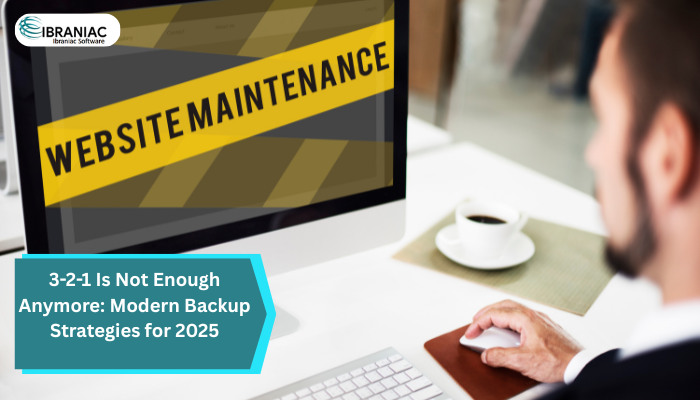- +91 - 9623213839
- sales@instapayhealthcareservices.com
- A S / 1 shri krishna Apartment, OPP Amardeep society, Mecosabagh, Kadbi Chowk, Nagpur - 440014

The Hidden Costs of Poor Website Speed
A website in this digital day and age isn’t just for your online presence—it acts as your front-line salesperson, your customer service rep, and is usually your first impression. And when that first impression loads slowly, the costs extend far beyond mere inconvenience. Businesses that ignore website speed do so at their own peril—because the financial and technical consequences are both deeper and more damaging than they seem.
The Technical Domino Effect
Website speed, or the lack thereof, is a symptom of multiple technical shortcomings that ripple across your entire development stack. Bloated JavaScript, unoptimized images, inefficient server configurations, outdated CMS plugins, or a poorly configured CDN—all of these can introduce micro-latencies that multiply into multi-second delays.
Slow websites strain backend infrastructure. When response times lag, servers can become overwhelmed trying to process simultaneous requests, leading to downtime or throttled experiences for other users. This is particularly dangerous for ecommerce platforms or service providers where latency-sensitive transactions matter.
On mobile devices, which now account for over 60% of global web traffic, the technical burden of loading a slow site is magnified. Mobile users typically operate on less stable networks, making it even more critical that your website is cleanly coded and performance-optimized.
What’s worse? Major search engines like Google actively penalize slow-loading websites. Page speed is a confirmed ranking factor in SEO. That means poor performance can push you down in search results, directly impacting your visibility and discoverability—regardless of how good your content or offerings are.
The Financial Bleed
Here’s where it really starts to hurt. Every additional second of load time can reduce conversion rates by as much as 7%. For an ecommerce business making $100,000 per month, a 3-second delay could be costing you $21,000 monthly—or over $250,000 a year—in lost sales alone.
That doesn’t include customer acquisition costs (CAC). If your paid ad campaigns are driving traffic to a sluggish site, you’re essentially paying to frustrate users. Your CAC goes up, while your return on ad spend (ROAS) nosedives.
Customer lifetime value (CLTV) also drops. Studies show that 79% of users who experience poor website performance are less likely to return. In subscription-based or service-driven models, this erodes long-term revenue and increases churn rates.
Add to that the cost of firefighting—lost productivity for internal teams troubleshooting performance, increased support tickets from frustrated users, or emergency hosting upgrades—and it becomes clear: a slow website silently hemorrhages money.
How Ibraniac Software Solves the Speed Puzzle
At Ibraniac Software, we take a performance-first approach to web infrastructure. Our diagnostics go beyond standard Lighthouse scores. We analyze code execution, resource loading priorities, server response times, and caching efficiency. The next step in our process is tp \optimize the full stack, from front-end frameworks to backend architecture.
We help clients shave off load times, resulting in direct upticks in engagement, conversions, and SEO rankings. For businesses that depend on traffic and transactions, speed is not just a “nice-to-have”—it’s revenue-critical infrastructure.
Ibraniac’s performance monitoring solutions flag latency issues in real time, allowing businesses to fix problems before they impact users. With Ibraniac, you’re not just speeding up your site—you’re streamlining your revenue engine.
Website speed isn’t merely a UX metric—it is directly connected to the final outcomes. In a market where milliseconds matter, businesses can no longer afford to move at anything less than full speed. It’s time you contact Ibraniac Software to up your business!
